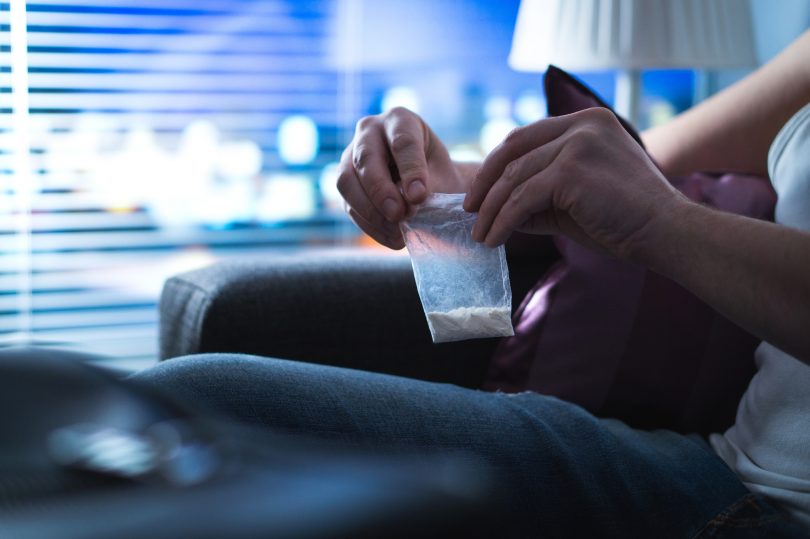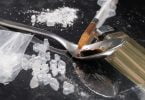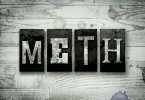Are you concerned someone you love might be using crystal meth? Without knowing the signs, it can be hard to know for sure.
Crystal meth is a dangerous drug with severe side effects.
If your loved one is using, you want them to go to a rehab facility. These facilities will help them break the addiction and learn new coping skills.
The first step is identifying the drug use. Keep reading to find out the 7 most common signs of meth use.
1. Weight Loss
Crystal meth suppresses the appetite of its user. It also increases their energy levels. The combination of these two effects is significant weight loss.
Pay attention to your loved one’s size if you suspect they’re using meth. They will likely start losing weight and rarely feel like eating. As their body gets less and less fuel, it starts to use its own fat and muscle for energy.
Some people even use meth as a weight loss tool. It’s becoming a common drug to force weight loss in a very unhealthy way.
2. Meth Mouth
One of the most common signs of meth use is “meth mouth”. This condition looks like tooth loss and severe tooth decay. They’ll also have terrible breath and dry mouth syndrome.
Meth mouth is a result of poor dental hygiene and a malnourished diet. Our teeth and gums need a variety of nutrients and water to stay clean and healthy. Because of their lack of appetite, meth users rarely get enough nutrients.
In addition, the lifestyle of a drug user generally doesn’t include good dental hygiene. Unfortunately, personal grooming and hygiene take a back seat.
3. Intense Energy
You may notice your loved one is bursting with energy. Not only once in a while, but most of the time. Their breathing has quickened, and they feel warmer than usual. Meth also causes blood pressure to rise.
Crystal meth has a reputation for increasing sexual appetite. Your loved one’s libido might be at an all-time high, and their stamina extra strong. This is dangerous because drug use and high libido can result in sexually transmitted infections.
This change in blood pressure and body temperature increases the user’s chance of heart attack and stroke. Meth addicts can suffer sudden and fatal cardiac arrest.
4. Irritability
Mood swings and irritability are common with meth use. The highs and lows of this drug affect the user’s disposition and personality.
You may notice them snapping more often at things that don’t usually both them. They could be impatient and upset when things don’t happen right away. Sometimes, they have bursts of anger and say or do things they regret.
Irritability is a sign of many different drug problems. When combined with these other signs, it’s a definite sign of crystal meth use.
5. Tweaking
Tweaking is a specific term for the end of a meth high. When the drug’s effects start to dwindle and the dopamine runs out, the user can get stressed. The feelings of euphoria and bliss fade away and they become desperate to keep them going.
This is often when meth users will start feeling like bugs are crawling under their skin. It triggers their psychosis and leads to hallucinations. They may not sleep for days on end.
The tweaking phase is a clear sign of drug use. The behaviors associated with it aren’t what your loved one normally does. They may become violent towards themselves or others because of the psychosis.
If you observe your loved one tweaking, they need help immediately. Consider taking them to a hospital or a rehab center for monitored detox.
6. Skin Sores
When the user feels bugs crawling under their skin, they scratch furiously to get them out. This results in lots of scratches and skin sores. They’re most often found on the arms and face.
The user might also pick their skin out of anxiety and stress during the tweaking phase. They know they want another fix but for one reason or another can’t get one right away.
This stress mixed with the hallucinations leads to severe picking and scratching. If you notice your loved one has new sores that never seem to heal, this is a sign of meth use.
7. Crash Phase
This phase comes when the body can no longer keep up with the drug’s effects. It causes the user to fall asleep in complete exhaustion, sometimes for days straight.
The crash phase is a stark difference to the insomnia users face at the beginning of a high. A cycle of never sleeping and then sleeping too long mean the user can’t hold down a job. It’s very hard to be a functioning meth user.
What Does Crystal Meth Look Like?
Before noticing any changes in your loved one, you might come across their meth stash. It’s important you know what meth looks like so you can identify it in their possession.
Meth is a white powder that has no scent and is flavorless. It can also come in a compressed pill form. Sometimes it comes in other colors like brown, orange, and pink.
Crystal meth looks like chunks of white ice. These chunky crystals are irregular in shape and are usually smoked.
You should also keep an eye out for meth paraphernalia found near the drug. This can include sandwich baggies, cut straws, empty pens, and tin foil. There may also by needles and syringes.
Is Your Loved One Showing The Signs of Meth Use?
You can’t help your loved one unless you know there’s a problem. Knowing the signs of meth use will help you identify their addiction.
When you notice your loved one is using, it’s time to suggest getting help. There are plenty of exceptional rehab facilities across America that will help them. If you can get them to agree to go, that’s the first step to changing their life.
If you’re interested in learning about different facilities and finding a rehab for your loved one, check out the rehab directory. Help is waiting, so, contact us at (877) 322-2450 to get assistance today.

















